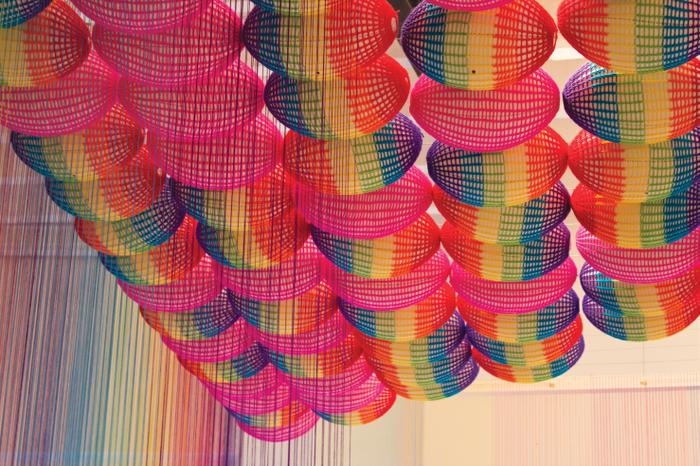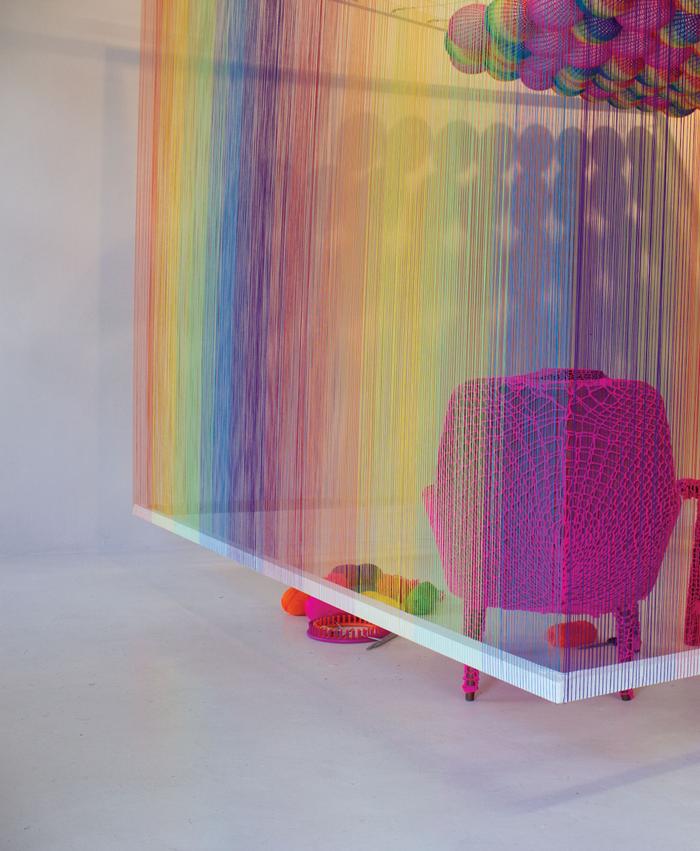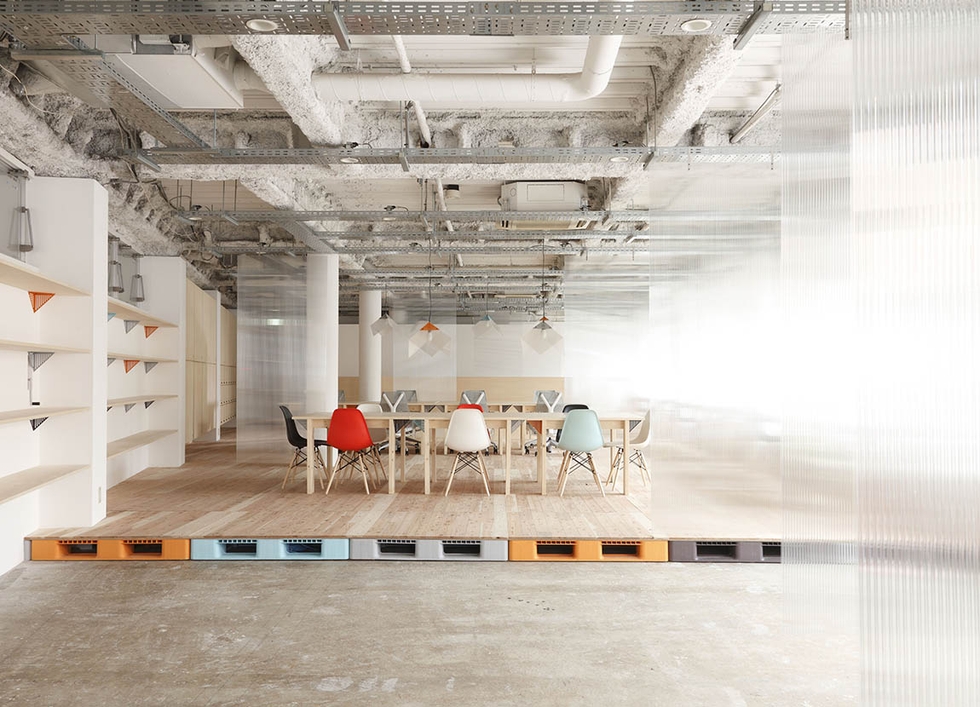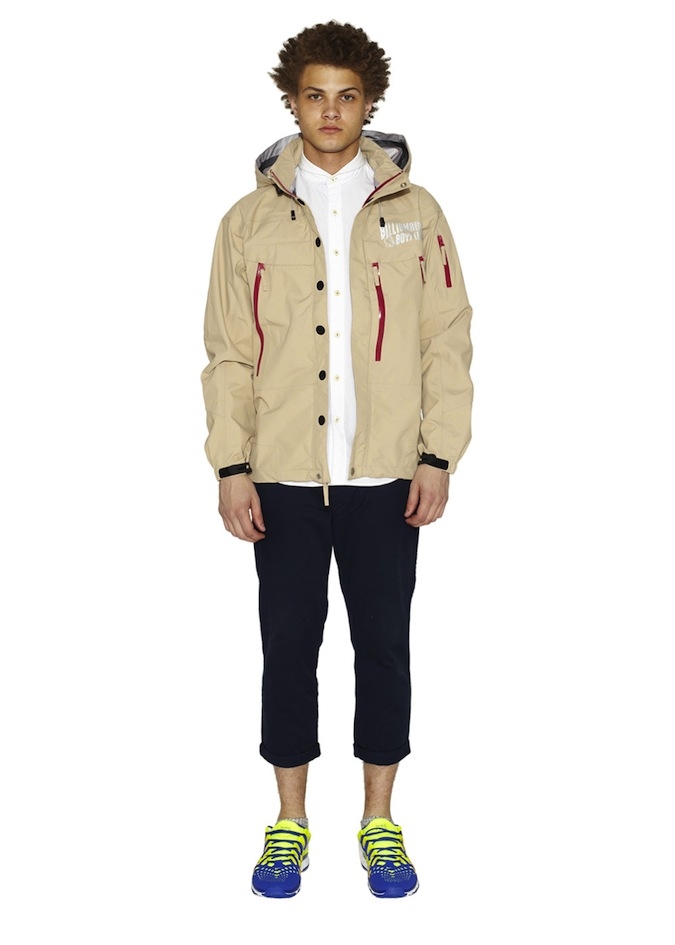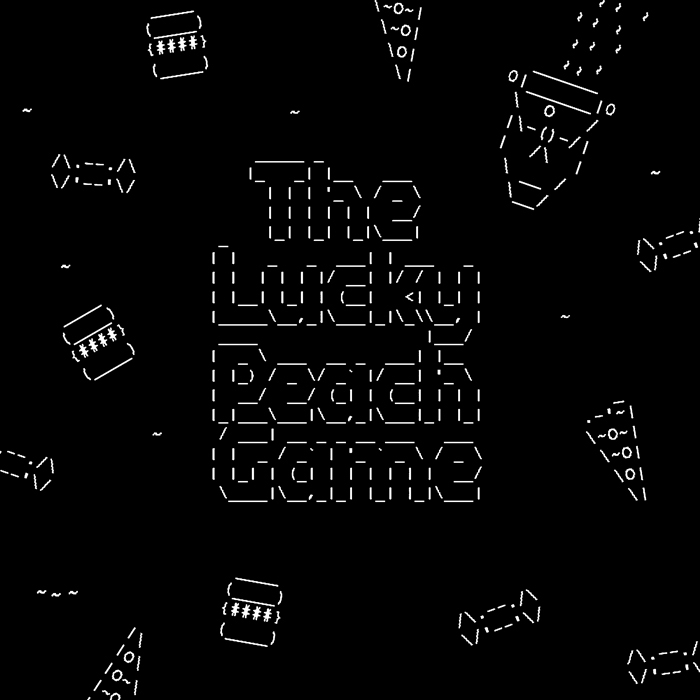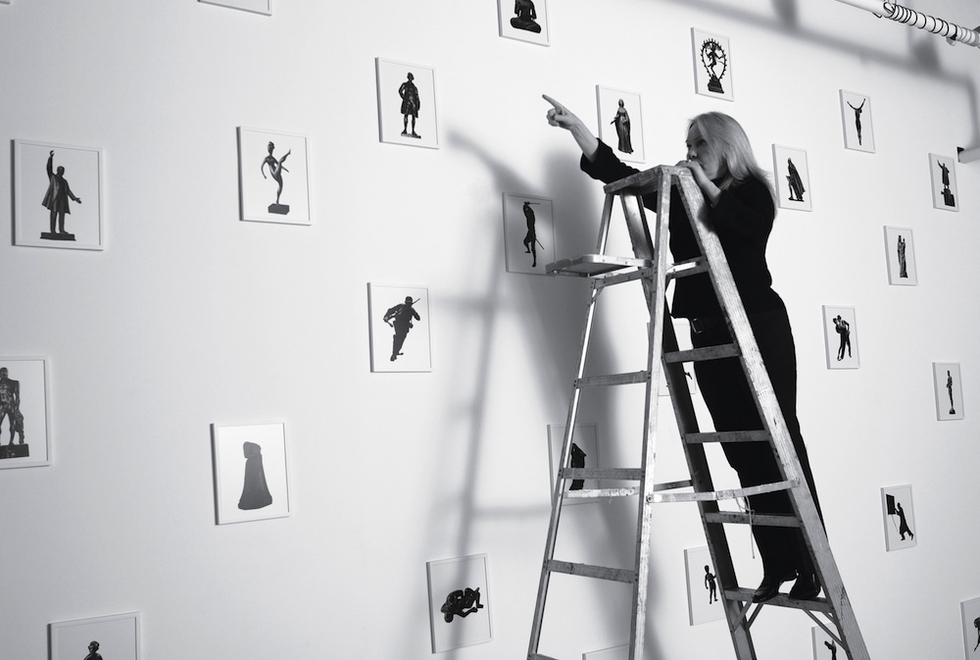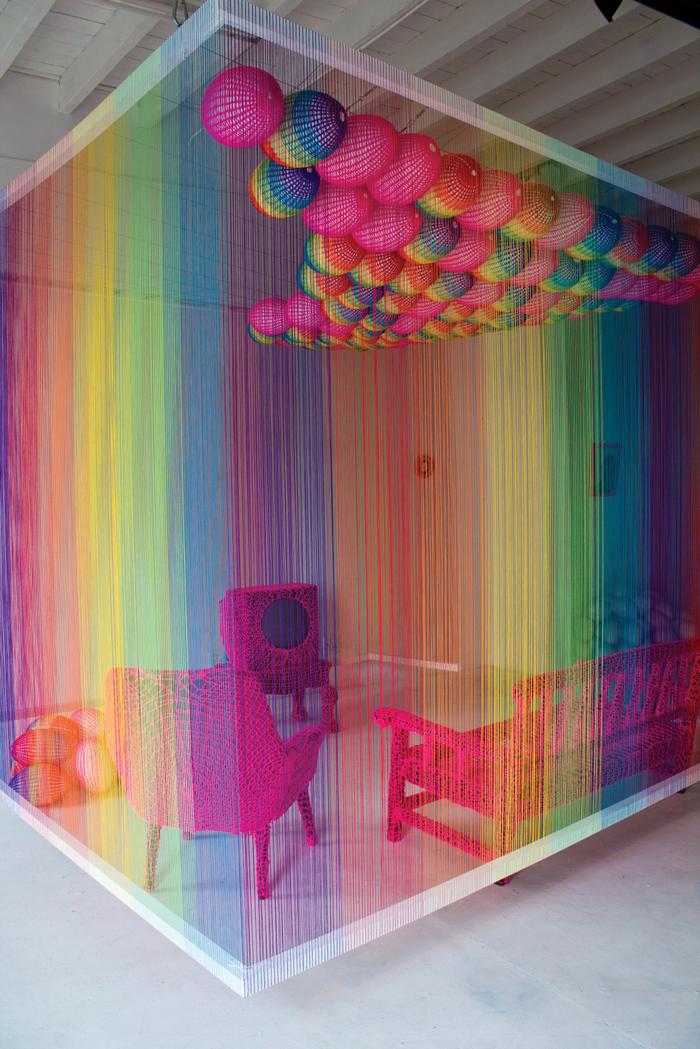CODA's "Party Wall," the winner of MoMA's 2013 Young Architects Program opened this week at PS1 in Queens. The structure, which by contest rules has to provide shade, seating, and water for the Warm Up concert series, has 120 detachable tables and benches and a water system that supplies a nearby fountain. The "Party Wall" also meets the sustainable guidelines of the program by using recycled materials from the Comet skateboard company, also based in CODA's home city of Ithaca, NY.
The Party Wall will be installed until August 31. Read MoMA's brief about the "Party Wall," and check out the schedule for this summer's Warm Up series. 
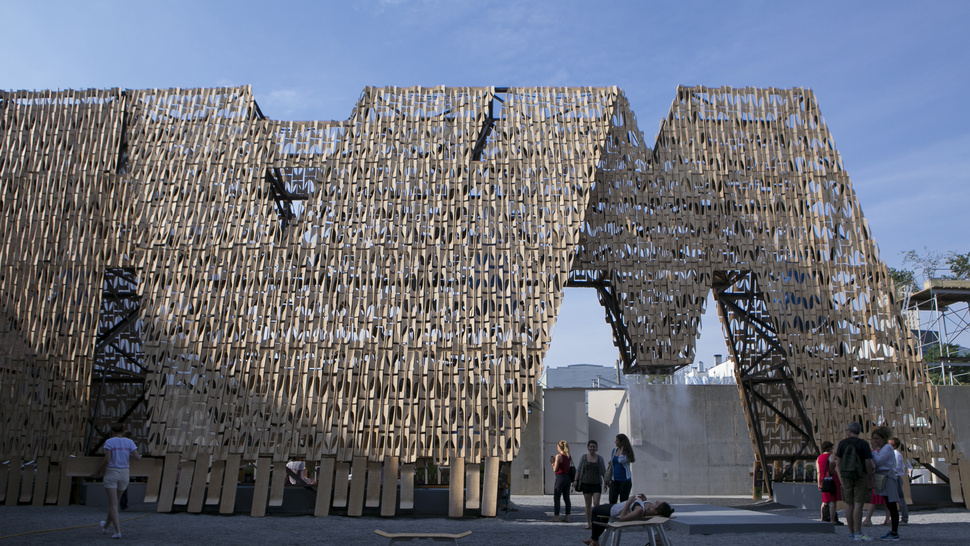
All images courtesy of Charles Roussel and MoMA.
As the latest proof of Mozilla's commitment to the philosophy of open source projects, the software company has applied the same collaborative, free information concept to its new office in Japan. After working with Nosigner to design an office complete with a special floor to conceal a network of cables, original light fixtures, and communal desks, Mozilla published the plans as a set of drawings anyone can download and use to recreate the office with the same inexpensive materials found in the original. Despite what look like extremely high quality working conditions, the new office is dubbed the "Mozilla Factory" [via Spoon Tamago]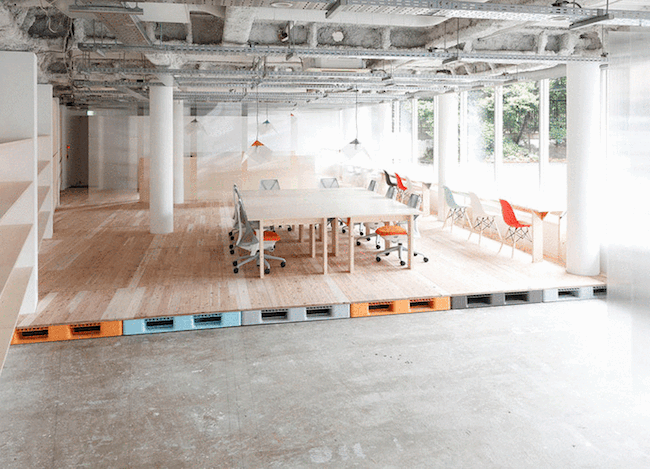
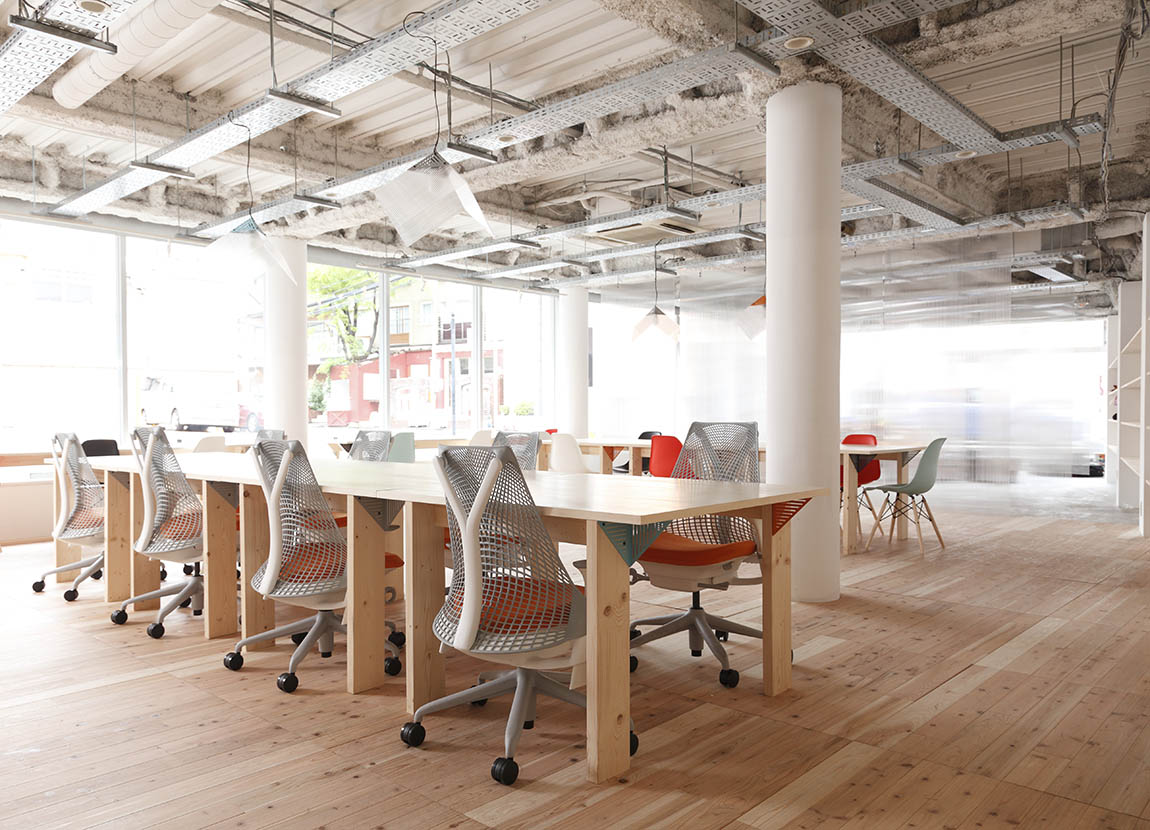


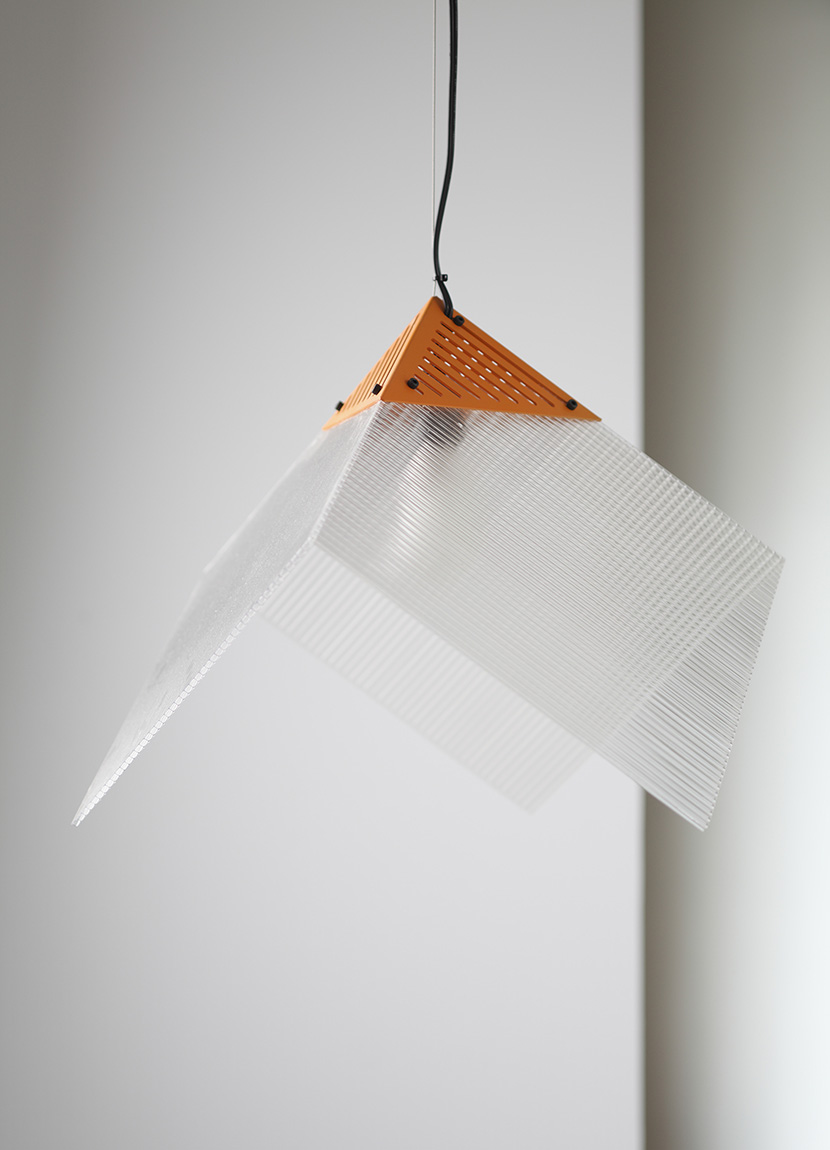
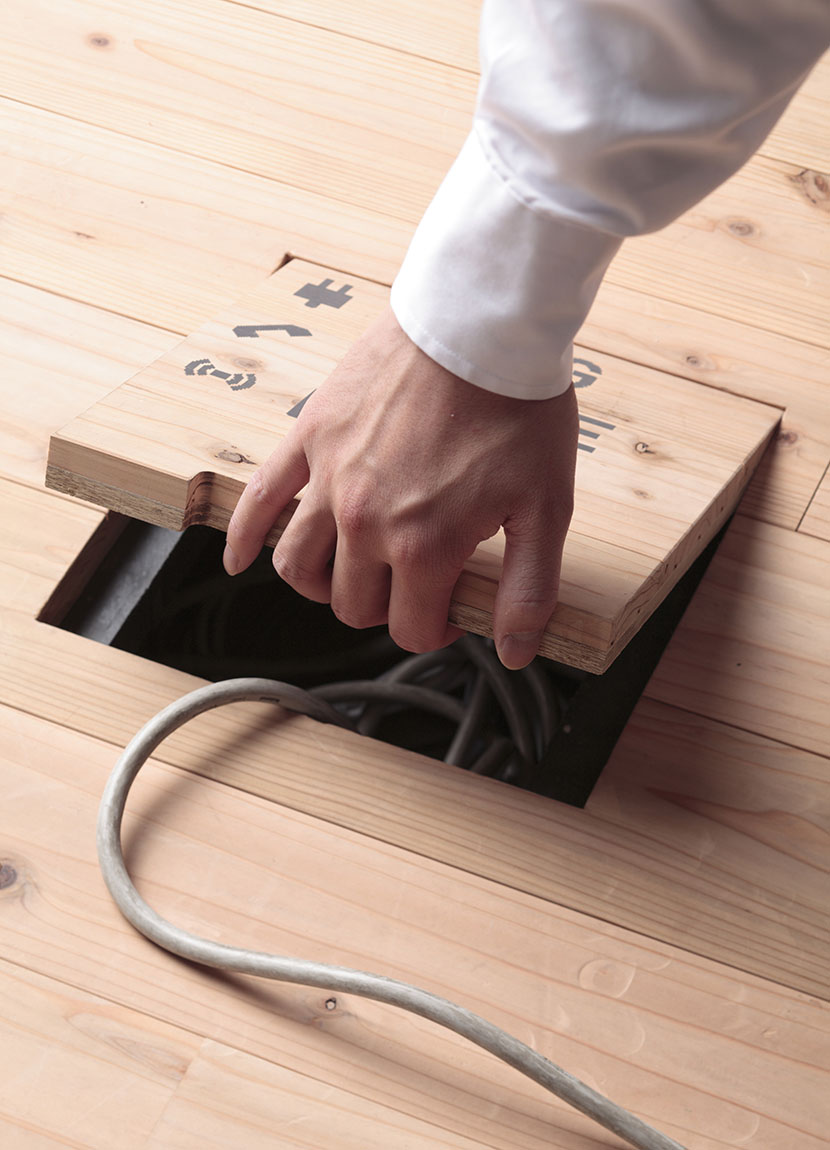
While Phoenix's new "Trying to Be Cool" clip is technically a live video, there's a lot more going on than the average concert footage typically found in that genre. Shot in continuous takes by the Spanish filmmaking collective Canada, the band travels through a treacherous soundstage facing obstacles like a young boy chess opponent and choosing the right mustache from a board of stage facial hair, before finally making its way into a choreographed and custom-tailored finale.
"Trying to Be Cool" was produced in collaboration with The Creators Project. Head to Pitchfork to see Phoenix's upcoming tour dates, and check out Laura Snapes' 2011 interview with the directors in the Guardian.
Thierry Boltz and Claude Saos of design outfit Boltz & Saos bike daily, so when they set out to make a wooden bike, they weren't messing around with gallery pieces. Their design for the WOOD.b, in fact, utilizes both wood (an ash plywood) for the "tubing" portion of the frame and high quality steel from Italy's Columbus for the bases and fork. The hybrid design, they say, allows the bike to be comfortable, dynamic and sturdy enough to actually use—as well as making it and its mechanical parts easily maintained at a typical bike shop. Currently, they're offering four base models—but the bikes are made to order and customizable.
WOOD.b are handmade in France and available on demand at bsgbikes.com.

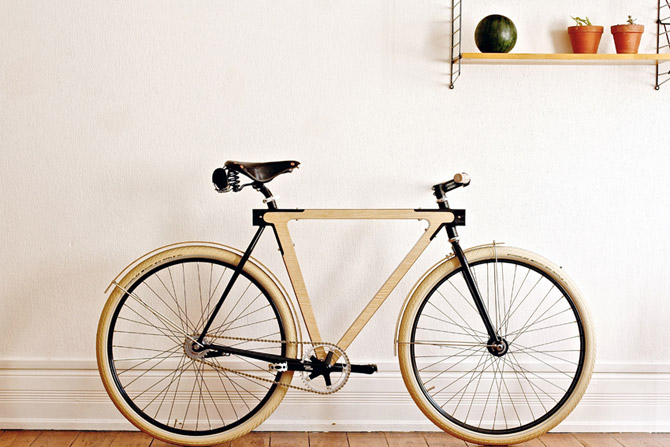


BSGBIKES-woodb from BSG BIKES on Vimeo.
Young gentlemen are sure to say it's about time we found an online venue showcasing accessible menswear styling. Each day, the staff (a talented group of photographers and stylists) at Knowwear composes a new look, with an easy-to-navigate list of what is what, and some lessons in pairing the new and modern with the old and timeless. It's meant for guys—but we're sure some gals will find some hints within, too. For any of us who need some visual stimuli on creating editorial looks, Knowwear is a great platform for those what-the-hell-do-I-wear-these-with moments.
Visit Knowwear online to know more.





"Musical Ice Cream," an electronic music installation that generates original synth music by the act of eating, is a collaboration between Philly locals Little Baby's Ice Cream and Data Garden. The vine video below features Man Man drummer Chris Powell eating the piece at a pre-Independence Day party.
Philadelphia sound artist Sam Cusumano programmed the cones and explains the technology in the second video below. But basically it is this: A sugar cone gets a sleeve with aluminum leads where your fingertips touch it. An electric probe is slipped into the ice cream in the cone. When a human tongue hits the ice cream, the circuit is completed. The changes in conductance are mapped to MIDI and emerge as the sound via synthesizer. Cusumano can outfit two different ice cream cones with different tones so you and your pal can jam out on a dessert duet.
Lucky Peach, McSweeney's food magazine, which features the New York Times's Peter Meehan and Momofuku's David Chang on its masthead, has just released a new web game to promote their latest issue. The dead simple game, in which you must pilot an ASCII art rowboat toward different food choices, keeps score by increasing or decreasing the rower's weight. The issue, which is out now, features travel tips from Aziz Ansari and the story of a trip to the most beautiful Taco Bell from Jason Polan.
Play the game, and order the The Travel Issue of Lucky Peach from McSweeney's. 

Last month we looked at the recent history of Olympic fonts, including images from the impressive new work for the upcoming Rio 2016 games. While the Rio games may be the first Olympics in the last few years to have a branding identity designers seem to agree on, 1972's Munich games had design contributions from Otl Aicher. In addition to the poster work shown here, Aicher is credited with designing the pictograms for the Munich games, which have become a very familiar sight.



Artist and co-founder of BOMB magazine Sarah Charlesworth has died at the age of 66. For her most famous work, the "Modern History" series, Charlesworth reduced the front pages of newspapers across the world to only nameplates and images in order to examine the papers' changing use of photography and image. More recently, she exhibited her "Available Light" photo series, in which she manipulated natural light sources in her New York studio. A short documentary and interview about "Available Light" is below.
Spend some time with her work in BOMB, and read an extensive obituary on GalleristNY.
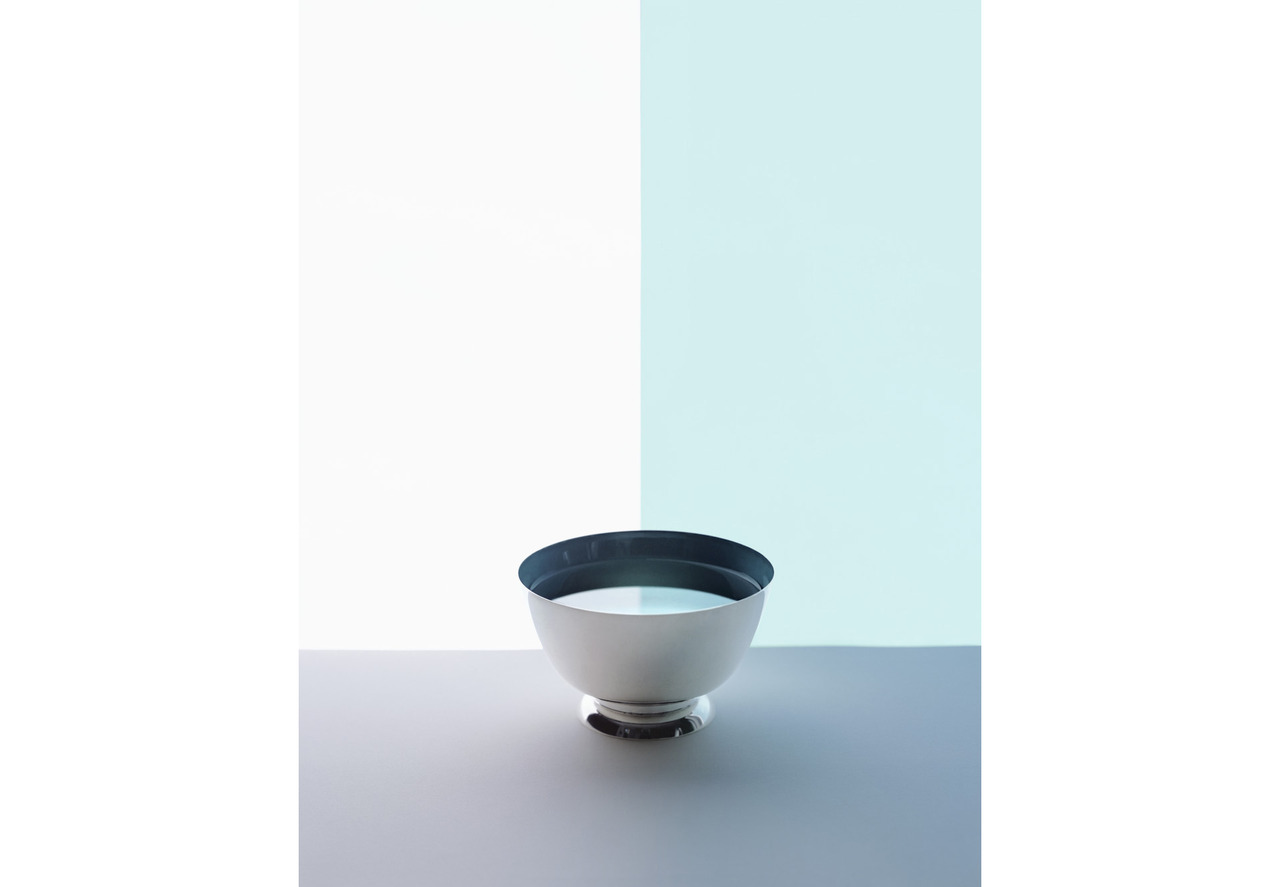
Half Bowl, 2012, Fuji Crystal Archive print with lacquer frame, 41" x 32", from the series "Available Light."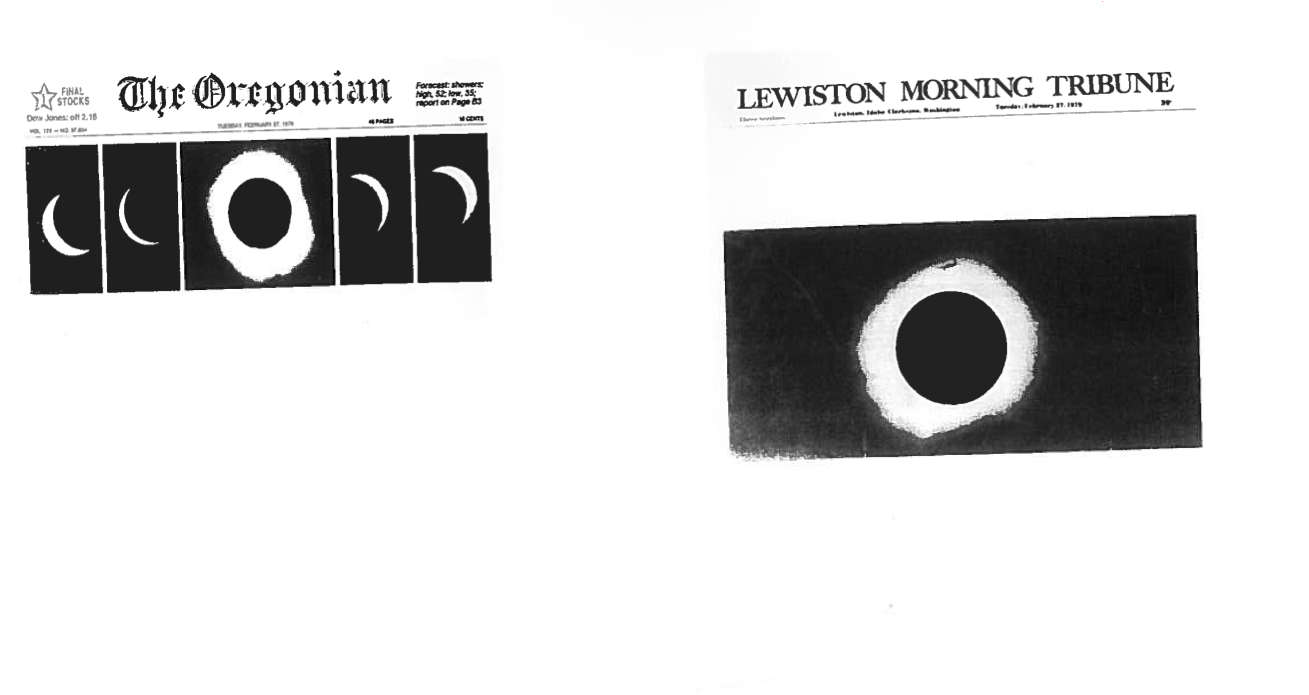
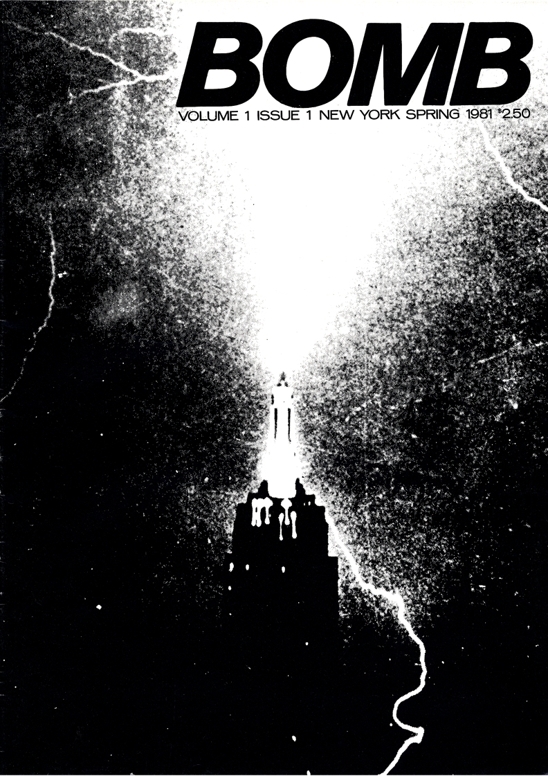

Pierre Le Riche's The Rainbow Room quietly challenges hyper-masculinity in the often traditionally male field of sports. The Capetown artist's installation, created from 17km worth of thread, represents a typical family living room watching the 1995 Rugby World Cup Final. The piece is a subtle comment on masculine cultural dominance in post-apartheid South Africa, particularly around the beloved game of rugby. We see 150 woven-rainbow-covered rugby balls, hanging or conscientiously piled neatly in a corner. A symbol of gay pride juxtaposed against sport fantacism seems to ask: How far has South Africa come after all?
See more of the Le Riche's work online.
